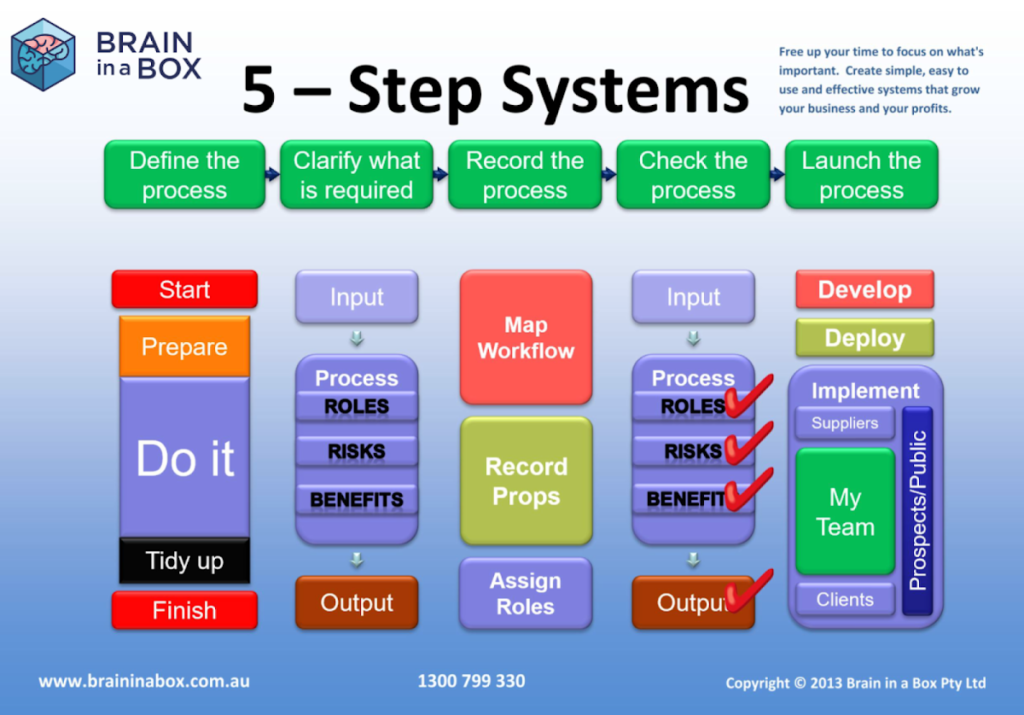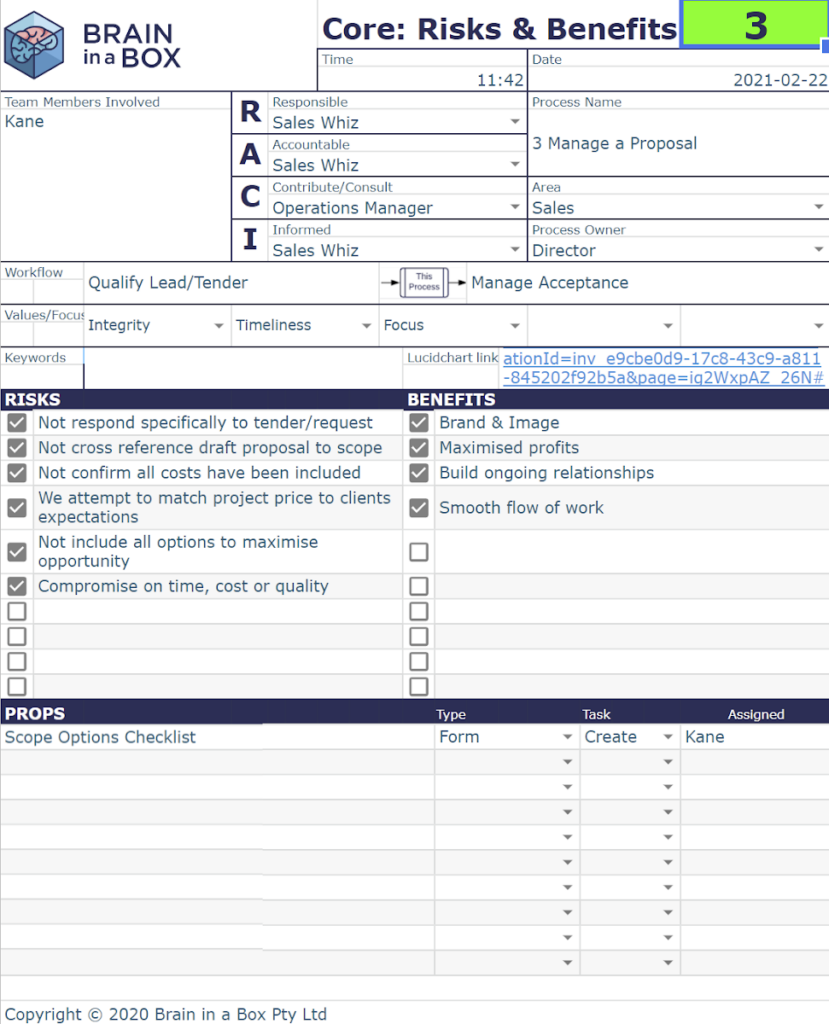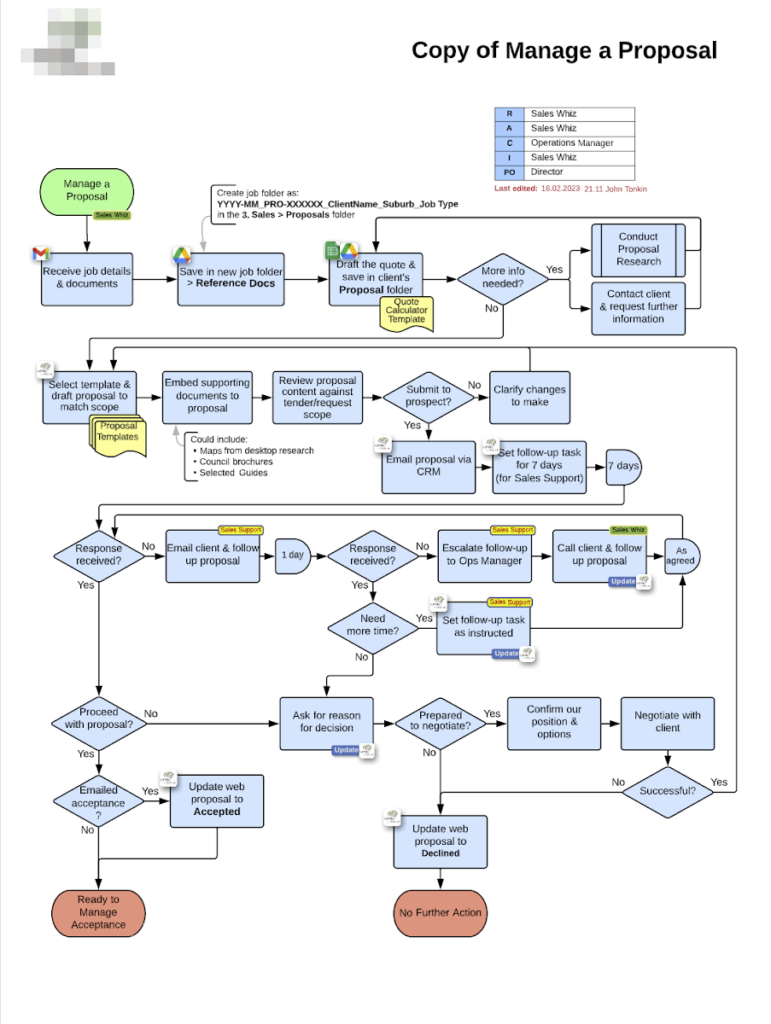As a business owner or leader, it can be frustrating to repeat yourself over and over again without getting the expected results. Giving instructions to your team is not always easy, as you may have experienced by now.
We understand what it feels like to have your team not listening, with seemingly every instruction going in one ear and out the other. As the business continues to suffer from repeated mistakes and inefficiencies, you find yourself growing more and more frustrated. It seems like no matter how many times you provide instructions, your team just can’t seem to get it right. You begin to doubt your own management abilities and you wonder if it’s the people you’re employing or if it’s you.
The reason this is happening is that your team doesn’t have a shared understanding of how to get the task done. There are so many holes and inconsistencies in their knowledge that even when you’re explaining something to them, they can’t ‘see’ what you’re saying. So what you need is a framework to develop systems and processes that actually guides them to the desired outcome. So when they know how to achieve it, you can stop repeating yourself and driving yourself nuts.
Instead of repeating yourself over and over again and going nuts, what you need is a framework that provides clear instructions and processes that your team can easily understand and follow along. A framework that will give a consistent business outcome for your clients… A real, practical framework that you can apply to reduce your stress and headaches, so your team will start to operate like a well oiled machine.
So what we did was to create this simple 5-Step Systems framework that explains how to clearly document your tasks and processes which your team can follow every time, so you only have to explain yourself once.






